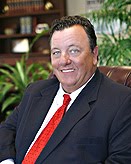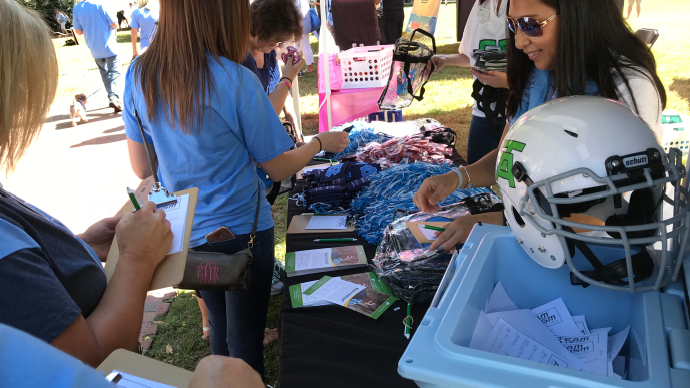 Immediately after an accident, shock and confusion can make anyone forget to use their common sense. But there are certain steps you absolutely must take, beginning the instant after the accident. If you miss that opportunity, you will never have a chance to completely correct your mistake. Remember, even though these comments may refer to automobile collisions, many also apply to other types of accidents. For instance, substitute “store manager” for “police,” or “broken ladder” for “vehicle.”
Immediately after an accident, shock and confusion can make anyone forget to use their common sense. But there are certain steps you absolutely must take, beginning the instant after the accident. If you miss that opportunity, you will never have a chance to completely correct your mistake. Remember, even though these comments may refer to automobile collisions, many also apply to other types of accidents. For instance, substitute “store manager” for “police,” or “broken ladder” for “vehicle.”- If you have had an automobile collision, stop immediately, but do not block traffic. North Carolina law requires that you not leave the scene of an accident, even a minor one, without first stopping to see whether there are damages or injuries. If you cannot immediately move all vehicles out of traffic lanes, warn oncoming automobiles by setting out road flares, turning on hazard lights, or raising the hood or trunk of your vehicle and other vehicles. Assist anyone who may be injured, but be careful not to move seriously injured persons unless necessary to remove them from further danger. Call for an ambulance if obviously necessary, or if you feel immediate symptoms of injury. Keep calm, don’t argue, don’t accuse anyone, and don’t admit fault. Things you say immediately after the accident can be used against you later. So don’t discuss the accident with the other driver, don’t take the blame for it or accuse the other driver of causing the collision.
- Telephone the police and cooperate fully with the investigating officers. If you are not in an emergency situation, you can dial HP* rather than 911. Do not allow the other driver to talk you into not contacting the police. In many cities, police will not come to the scene of a minor collision. Let the police make this decision – you call them anyway. If a police officer does come to the scene, ask him or her to make a written accident report and give you the incident number of the report. Be sure to get the name and badge number of the investigating officer. Also, be sure you know which agency the officer is representing. He or she could be a city police officer, county sheriff’s deputy, or state trooper. If a police report is made, it should be available for you to pick up a few days after the collision. Ask the officer where you can get the report. If you don’t have a lawyer to do this for you, get a copy of the report yourself. Check the report very carefully to be sure all details are correct. Sometimes the investigating officer will correct an error in the report if the error is pointed out quickly. After some time passes though, the officer will not be able to remember the details, and will have to go by what is written on the report.
- If your injury occurred not in an auto collision, but at a place of business, insist that the manager talk with you and make a written incident report. If there is any chance your injury may have been captured by a security camera, tell the manager to preserve that evidence. This could be absolutely essential to proving your case later.
- Make written notes of the names, addresses, phone numbers, and license plate numbers of all parties involved, including any witnesses to the accident. Remember that a picture is worth a thousand words. Fortunately, many people now carry cell phones that can take photos. If you don’t have one of these, keep a cheap or disposable camera in your vehicle. At the accident scene, if you can do so safely, take photos of all vehicles from various angles. Photograph the street scene, including traffic control devises (stop signs, yield signs, or stop lights), skid marks, and any physical objects (such as guard rails or light poles) that were struck by a vehicle. Even photograph the other drivers, passengers, and witnesses, if possible. If you are injured and cannot take photos, ask someone to do it for you. If your cell phone or camera has video capability, a short video of the entire scene can be extremely helpful in showing a clear depiction of the relationship of vehicles and objects.
- Exchange information with the other parties. Always keep a pen and paper in your vehicle. Write down as much as possible from the other driver’s insurance card and driver’s license. Get all contact information from other parties and witnesses, including full names, home, work, and cell phone numbers, home and work addresses, etc. Do not make any statements regarding injuries or fault, except to the police or the paramedics.
- If you feel threatened or unsafe at the accident scene, remain in your vehicle with the doors locked until the police arrive. Write down the license plate numbers, and the color, make, and model of the other vehicles. Take photographs if possible.
- Call Now for a Free Consultation (800) 434-8399



